
Bone Necklace
 5 min
5 min
Bone Necklace
Listen to the interview with the author here
Author: Julia Sullivan (USA) 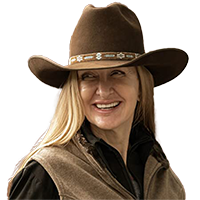
About the book:
Bone Necklace was inspired by the Nez Perce War of 1877, which was described in a contemporaneous newspaper account as “a gigantic blunder and a crime.” The U.S. Army field commander, General Oliver “Uh Oh” Howard, had promised to make “short work” of the Nez Perce. Instead, for four months, he pursued them across 1,100 miles of Idaho, Wyoming, and Montana, only to be humiliated in the end.
The Weekly Kansas Chief called the Nez Perce leader, Chief Joseph, the “Red Napoleon,” and the name stuck. Nobody was more surprised by Chief Joseph’s military genius than he was. His own people had never viewed him as a war chief. He would have done anything to avoid the war that made him famous.
The final









 English
English
 Français
Français
 Deutsch
Deutsch
 Italiano
Italiano
 Español
Español



 Contribute
Contribute
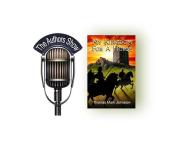
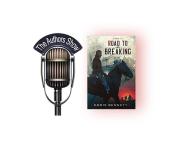


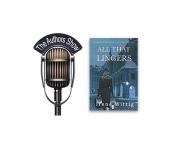
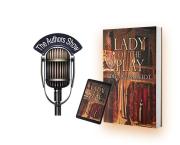
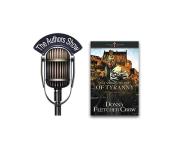





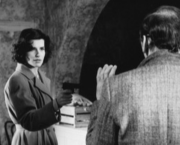
 You can support your favorite writers
You can support your favorite writers





